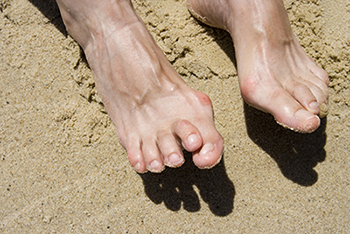
What is a Hammertoe?
Hammertoes are a common foot condition characterized by a progressive deformity that causes a toe to be permanently bent, resembling the shape of a hammer's head. Typically, the middle joint of the affected toe bends upward while the end points downward, leading to discomfort and difficulty with footwear.
The Causes of Hammertoe
Various factors contribute to the development of hammertoes, including:
- Tight or ill-fitting footwear
- High heels and narrow shoes
- Genetic predisposition
- Foot injuries
- Arthritis
- Aging
- Diabetes
While hammertoes are more prevalent among women, men can also experience this condition.
Symptoms of Hammertoes
Recognizing the symptoms of hammertoes can help in seeking timely treatment. These may include:
- Formation of corns on the top of the bent joint
- Pain or discomfort while wearing shoes
- Swelling and redness in the affected area
- Limited mobility of the toe
- Difficulty in straightening the toe
- Pain in the ball of the foot beneath the affected toe
Podiatric Treatment Approaches
Your podiatrist can offer various treatment options depending on the severity of the hammertoe:
Non-Invasive Treatment: If caught early while the toe is still flexible, conservative measures can be effective. This may involve:Formation of corns on the top of the bent joint
- Custom Orthotics to alleviate pressure
- Pads to cushion the affected area
- Footwear modifications
- Stretching exercises to strengthen muscles and improve flexibility
Surgical Intervention: When the hammertoe becomes rigid and non-responsive to conservative treatments, surgical correction may be necessary. Podiatric surgical procedures can include:
- Tendon transfers or lengthening
- Joint replacements
- Removal of the deformed joint
- Stabilization with pins or screws
Seeking Professional Help
Take time to consult a podiatrist at the earliest signs of hammertoe to prevent the progression of the condition. Early intervention can often mitigate symptoms and avoid the need for surgery.
Don't let hammertoes limit your mobility and comfort. Schedule an appointment with your podiatrist for a comprehensive evaluation and personalized treatment plan.

